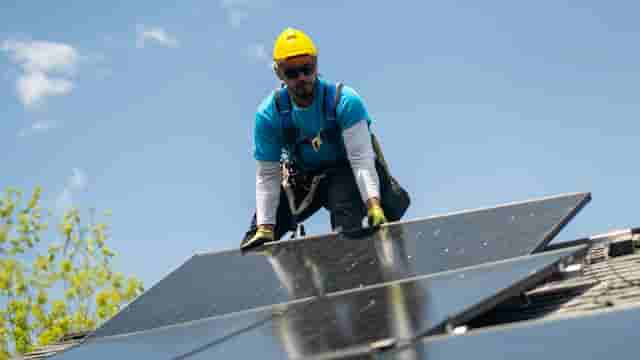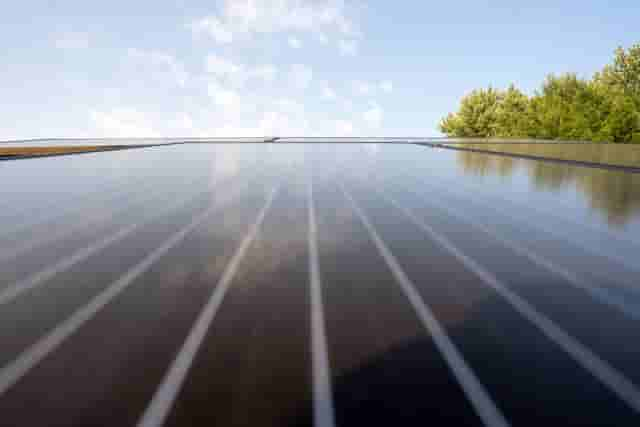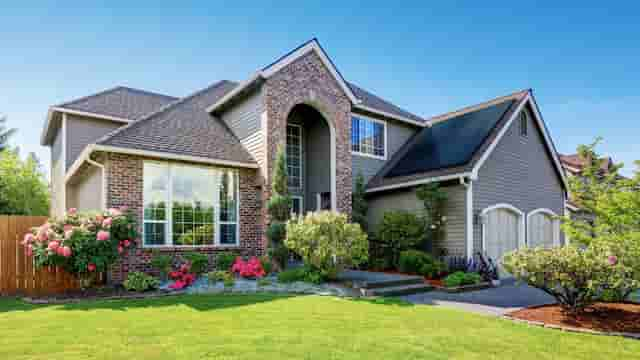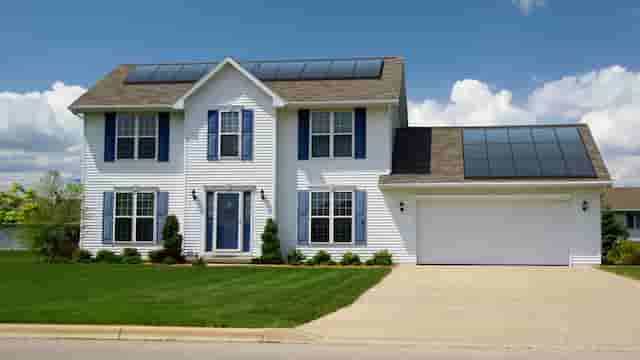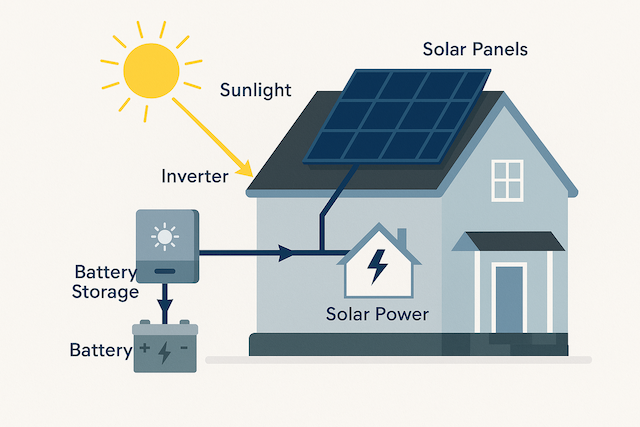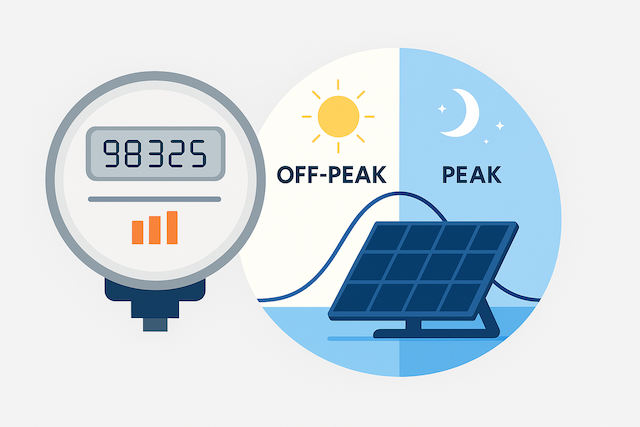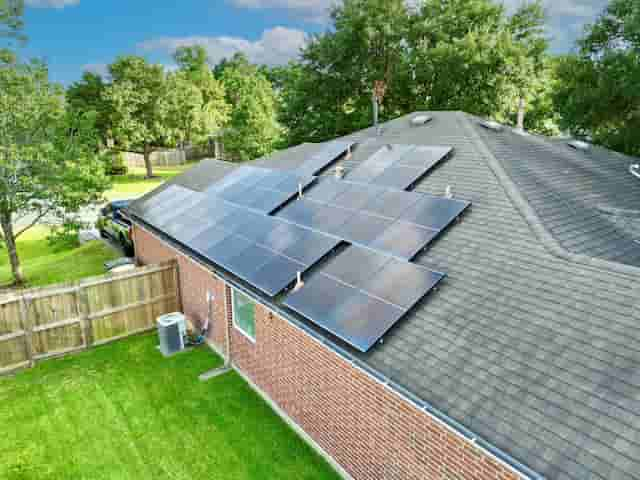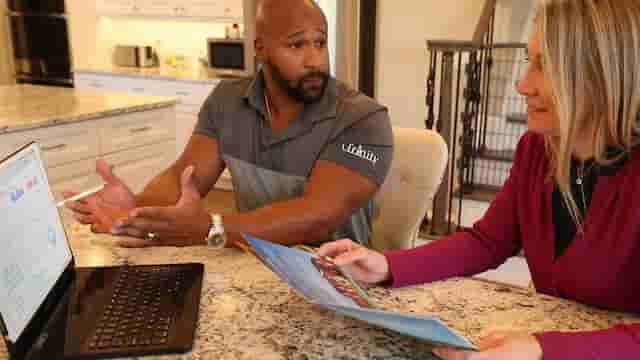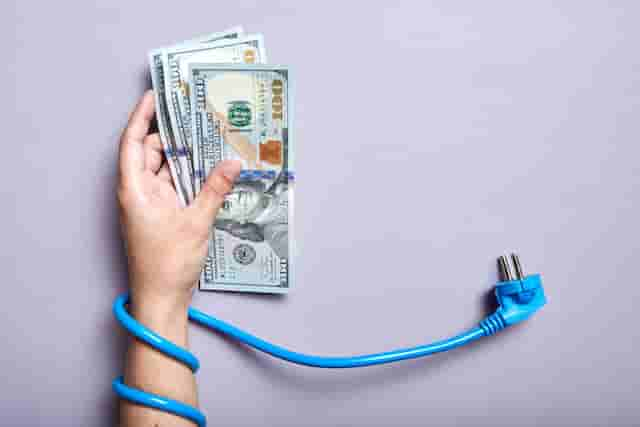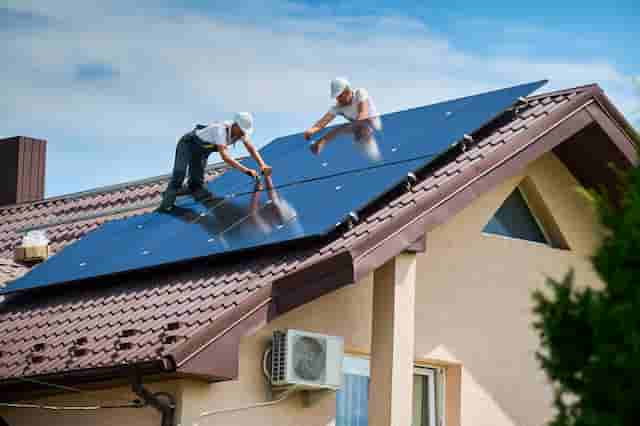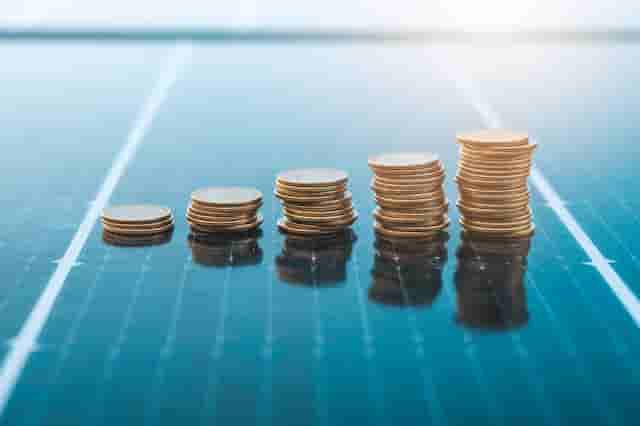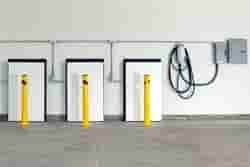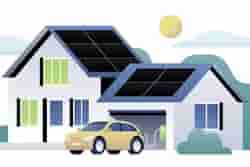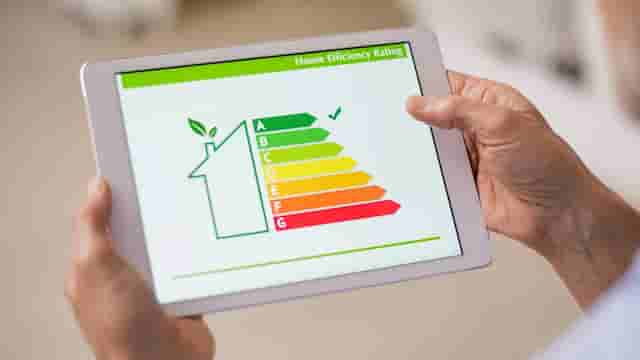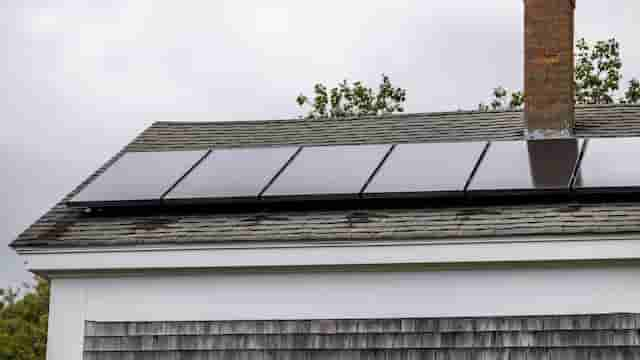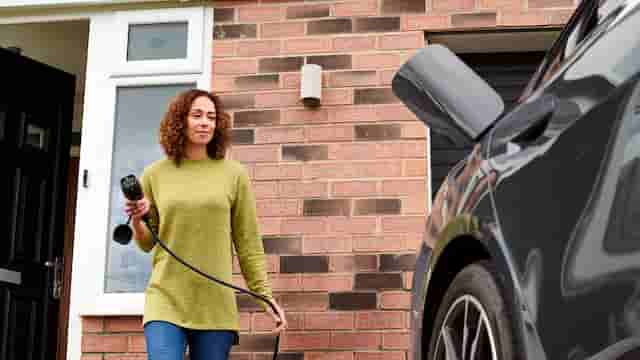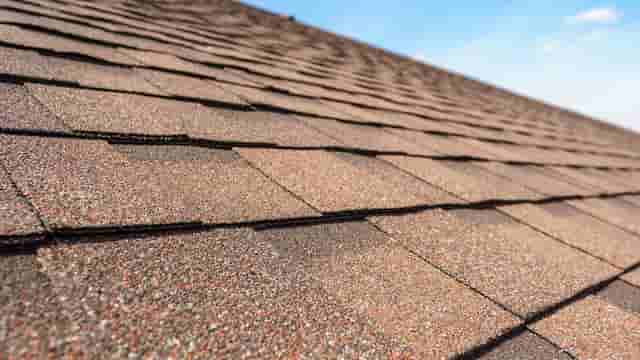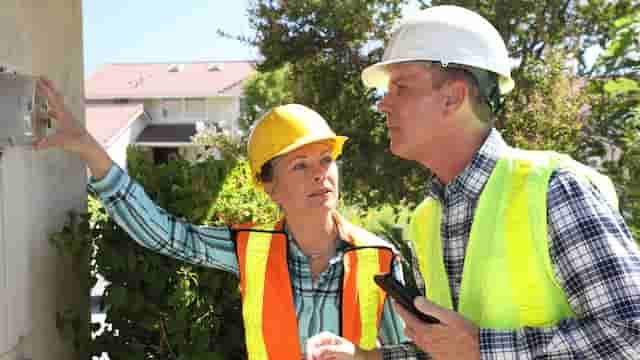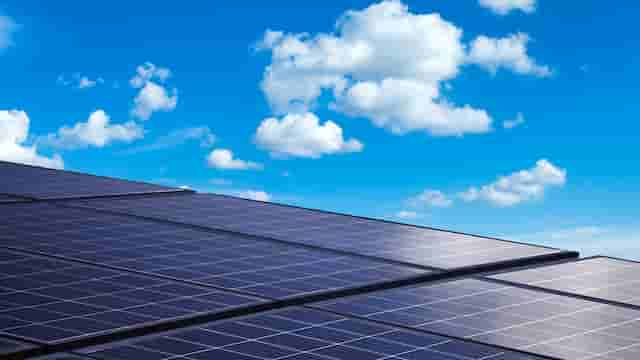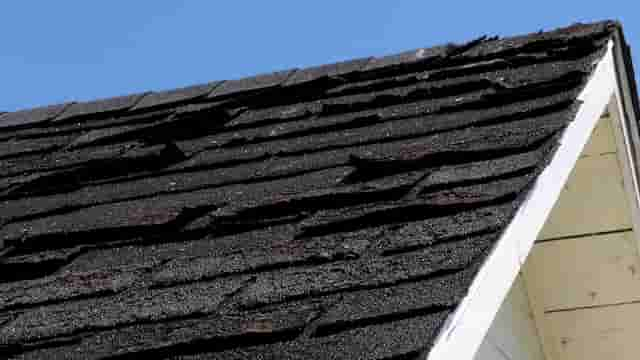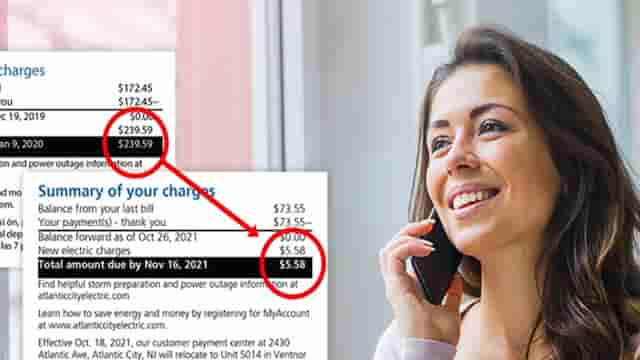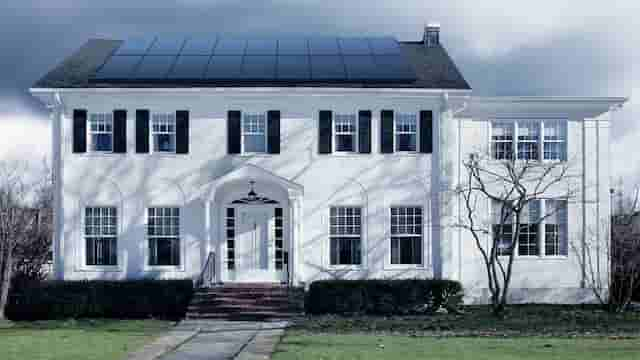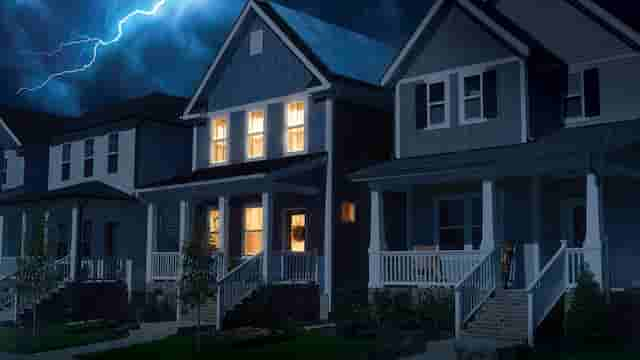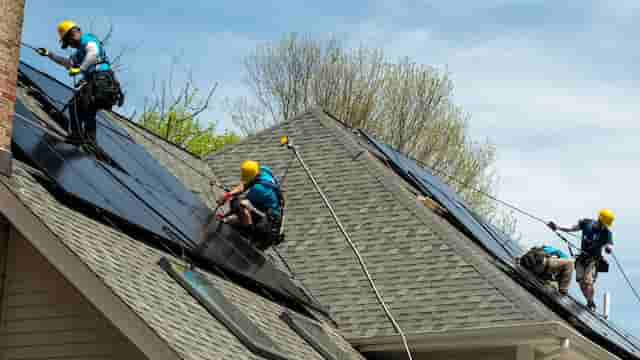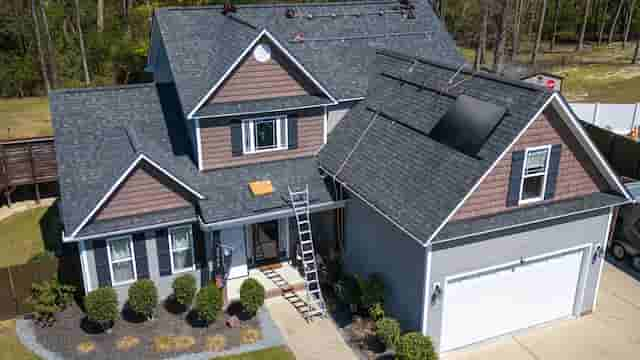Switching to solar is more affordable than you might think.
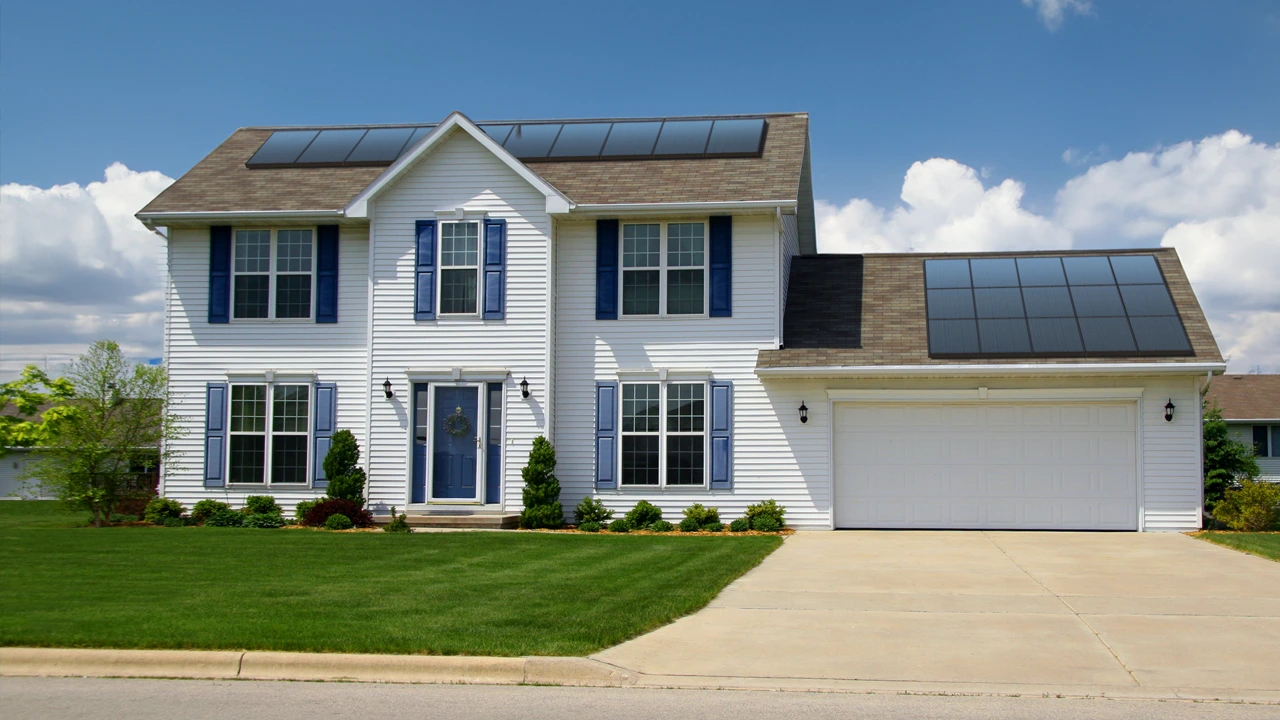
With a Power Purchase Agreement (PPA), you can go solar at no upfront cost and start enjoying cleaner, more affordable energy right away. Learn all you need to know about going solar with a PPA, including how it works, how you benefit, and how a PPA differs from a lease.
Solar PPA: the basics
Who owns the system
When you have a solar PPA, a third party owns and maintains the system. Five years into the agreement, you have the power to purchase the solar system. If you buy out the system, you pay nothing for the energy it produces.
What you pay
As the name “power purchase agreement” suggests, you buy the energy generated by the system, paying a certain price per kilowatt-hour (kWh).
We’ll get to the details soon, but basically, one of the primary differences between a PPA and lease is what you're paying for. See payment options.
How long a PPA lasts
It depends on your agreement, but most PPAs have a term of 20 - 25 years. And that’s about how long a solar system lasts—25 years!
Who are PPAs best for?
PPA financing is best for homeowners who want to go solar at no upfront cost and start saving on their electric bills.
Solar PPA: the benefits
No upfront cost
With a power purchase agreement, you pay nothing upfront to go solar and start saving. The finance partner covers both the installation and equipment costs. Purchasing a system upfront has its benefits, but you can’t deny that going solar for $0 down is a bargain.
Fixed rates
Thanks to predictable output from your solar system and a PPA’s fixed rates, your energy costs become more stable. Instead of relying solely on your utility company and their volatile rates, you’ll know what to expect from your primary energy source—the sun—year after year.
Low maintenance
Here’s one of the best parts about going solar with a power purchase agreement: your finance partner is responsible for the system’s maintenance. Solar systems are very low maintenance because there are no moving parts. But if your system does need attention, your finance partner who owns it will take care of it.
Solar PPA & lease: the differences
As you research solar, you may notice similarities between a PPA and lease. The differences are subtle, but important to understand.
Before getting into the distinctions, let's define how a solar lease works. A financing partner pays for the solar installation and owns the system. In other words, there are no upfront costs for you, the homeowner. You have a fixed monthly lease payment regardless of the amount of solar energy produced.
Key differences between a PPA and a lease:
|
PPA |
Lease | |
|
Monthly payments |
Cost based on energy produced. |
Set fee that doesn’t change based on system production. |
|
Savings |
Savings are predictable because you know how much your system is estimated to produce. |
Savings are predictable because you know how much you’ll pay for solar each month. |
|
Ownership |
Third party owns the system. You purchase the energy. |
Third party owns the system, and you lease the equipment. |
If you live in an area where a PPA isn’t available, a lease provides many of the same advantages.
Choose what’s right for you
When comparing a solar PPA vs a lease, talking with a Trinity Solar Expert makes your research easy. We’ll walk you through each of your options and show you how solar can affect your electric costs.

